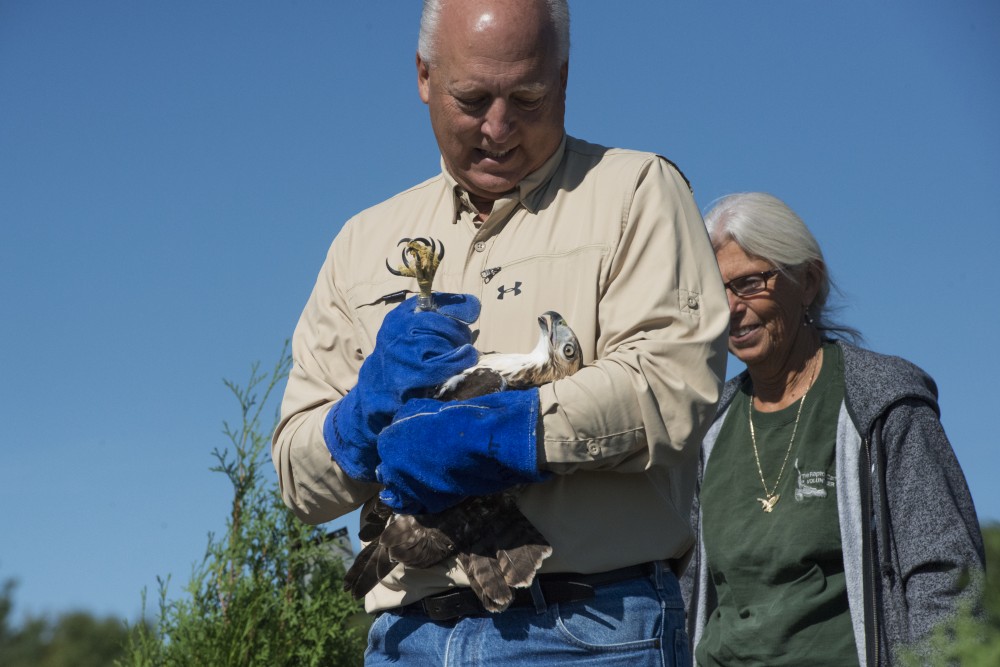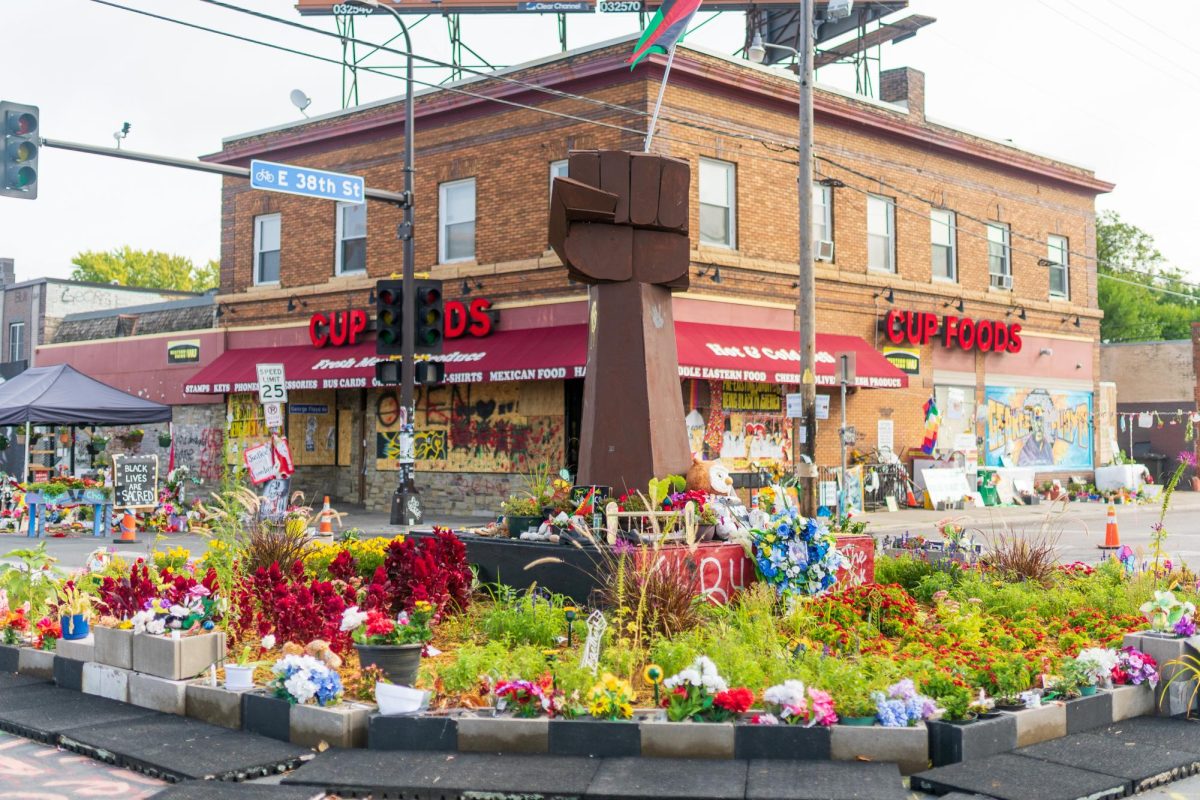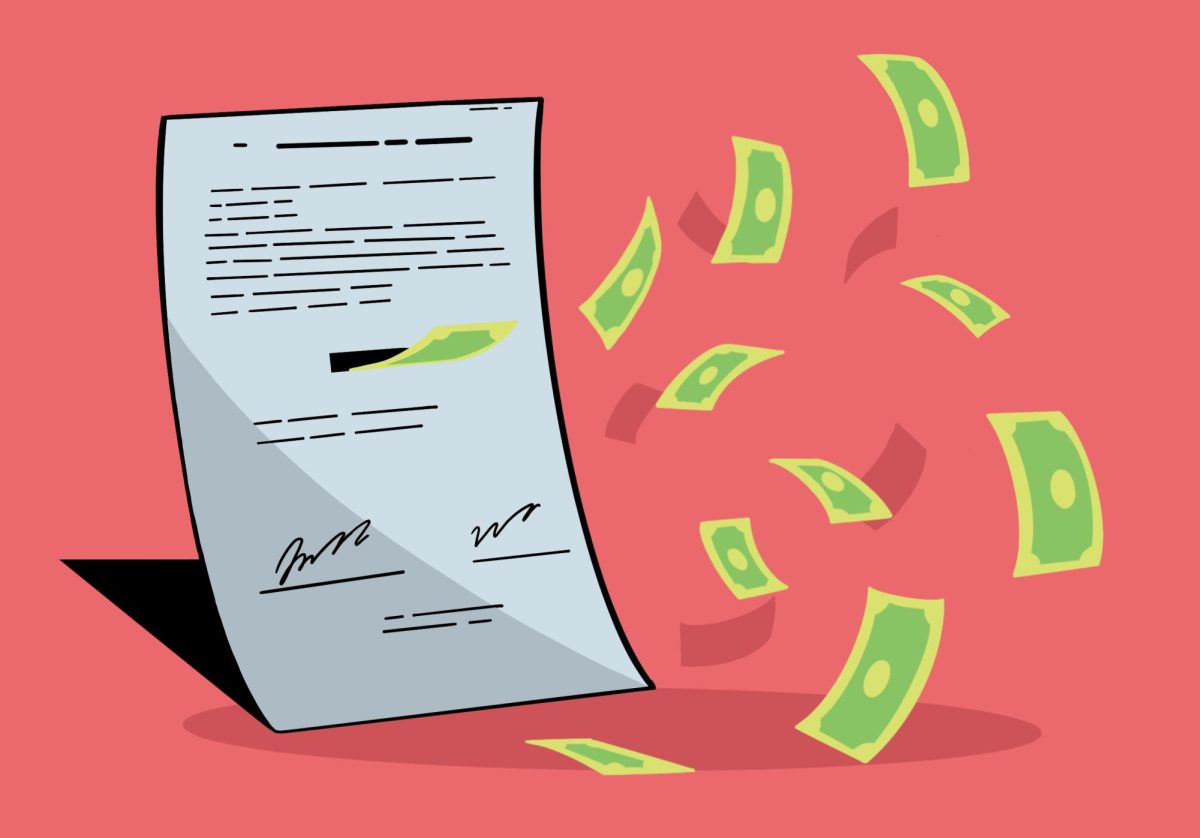With many veterinarians untrained in properly rehabilitating injured wild animals, the University of Minnesota is bringing experts from across the country together to save more wildlife.
The year-long fellowship started last Thursday and brought together three rehabilitators and three veterinarians from across the U.S. Led by a mixture of experts, interns and representatives from the Minnesota Department of Natural Resources, the fellowship seeks to give veterinarians and wildlife rehabilitators similar training so they may work together more efficiently.
The fellowship is led by Partners for Wildlife, a wildlife rehabilitation program run by University staff and based at the Raptor Center.
When many veterinarians graduate from veterinary school, they are only trained in caring for domestic animals like dogs, cats and horses, said Julia Ponder, executive director of the Raptor Center who is helping to lead the fellowship.
However, these veterinarians rarely receive lessons in treating wild animals, Ponder said.
“The average veterinarian may or may not know much about the wide variety of taxa that are seen in wildlife situations, but they’re assumed to know that,” she said. “That’s the type of thing that we’re trying to suss out.”
Veterinarians are also commonly unaware of regulations, laws and rules regarding the handling of injured wildlife, which this fellowship is attempting to fix.
When wildlife rehabilitators are applying for a permit from the government, they are typically required to be partnered with a veterinarian. Since this permit process tasks veterinarians with engaging in wildlife rehabilitation, the lack of training can pose problems, said Sonnya Crawford, a fellow who rehabilitates wild animals near Olympia, Washington.
“The biggest problem is that there is such a variation in knowledge and skills all across the board,” she said. “I feel like this [fellowship will] take our practice to the next level so we can offer better quality rehabilitation.”
The fellowship will instruct veterinarians in basic rehabilitation skills like handling, bandaging, and examining wild animals such as deer, wolves and raccoons.
The trainings will also better inform wildlife rehabilitators in medicine about how to make ethical decisions, such as when to use euthanasia, Ponder said.
“There are some situations where the animal is just not going to survive,” she said. “The vets, the [rehabilitators], and the agency people need to be able to communicate, and educate the public and inform the public on what’s best for the animal.”
In addition to informing the participants themselves, event organizers hope for the fellows to pass on their knowledge to co-workers at rehabilitation centers back home.
After the three-day training concluded on Saturday, the fellows returned home to apply what they’ve learned with the assistance of monthly virtual check-ins. The fellows will reconvene in March at the National Wildlife Rehabilitators Association Symposium in St. Louis for an in-person follow-up.
Many taking part in the fellowship agreed wildlife rehabilitation is important because humans are the cause of many wild animal injuries, such as car crashes and habitat destruction. As a result, humans should be responsible for providing the solutions, said Sara Penhallegon, a fellow who rehabilitates wildlife near Olympic National Park in Washington state.
“They’re part of our world and they have an inherent value and a right to life,” she said. “Humans have caused their injuries or ailments, so it’s the human’s job to help fix those problems, whether it’s ending their suffering or rehabilitating them and returning them to the wild.”









